





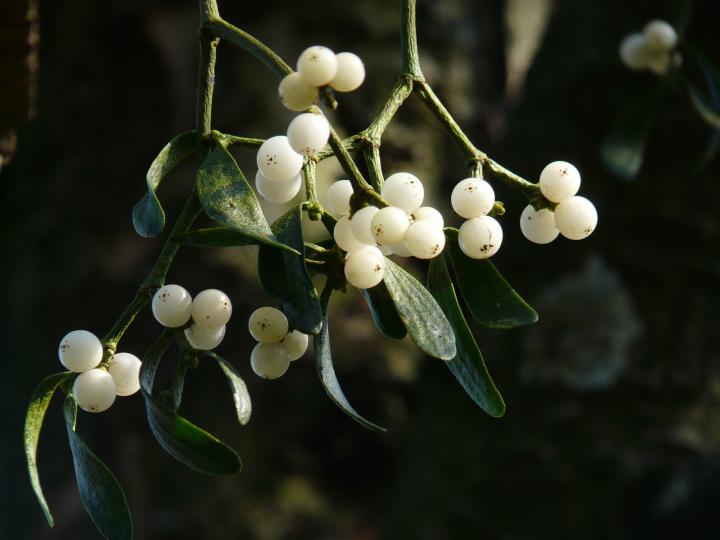
Winter solstice occurs at almost midnight on December 21, marking the official start of winter. It is the shortest day and longest night of the year.
Now the days will start to get longer and as the old adage says,”When the days lengthen the cold strengthens.”
Even so, I appreciate seeing a brighter western horizon when I get out of work at 5pm. The sun has begun its climb toward summer and each day brings us one day closer to spring.
Nearly every ancient culture had myths surrounding the return of light after the winter solstice. As the sun coursed lower in the sky, it seemed to ancient peoples that the sun might be disappearing forever.
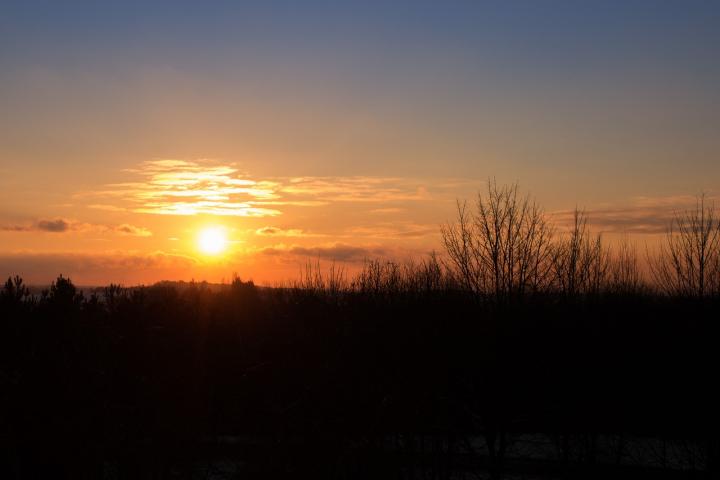
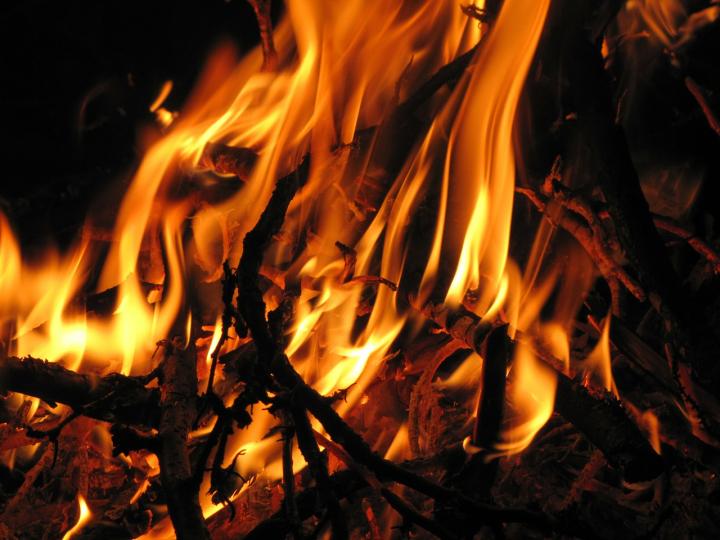
To encourage the sun to return, bonfires were built, gifts for the gods were hung from the branches of pine trees, and evergreen plants were brought indoors to symbolize everlasting life. If it sounds a bit like Christmas, many pagan ceremonies were overlaid with Christian holidays.
Certain trees and plants were important to the celebration of the solstice both as symbols and as decorations.
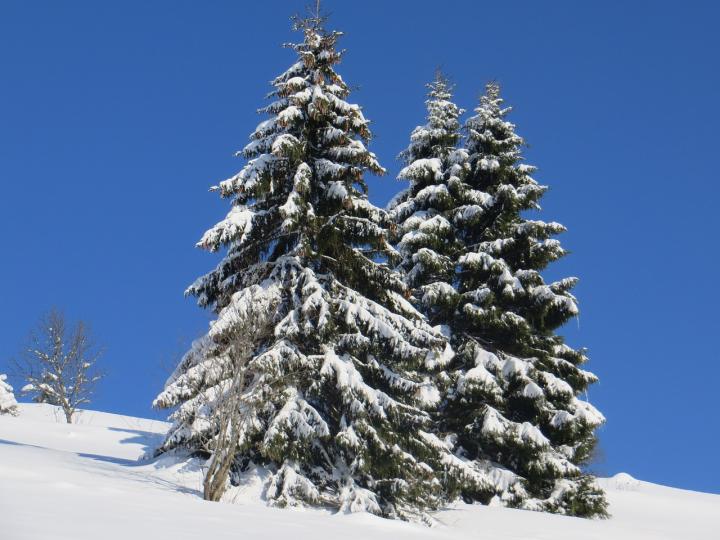
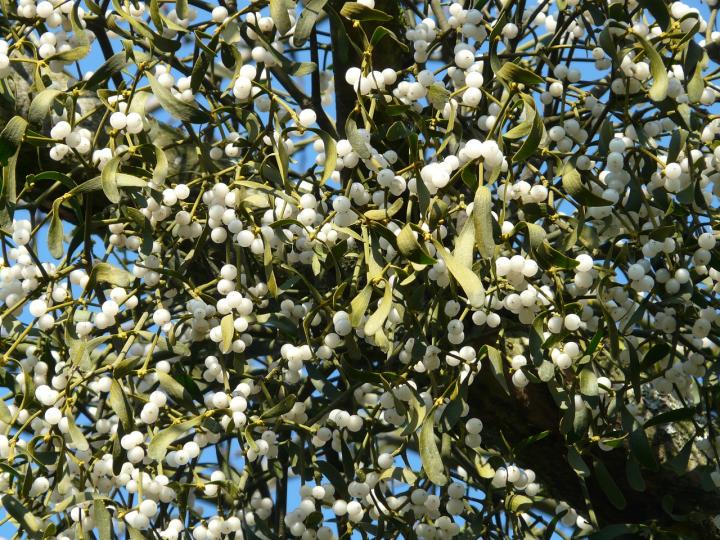
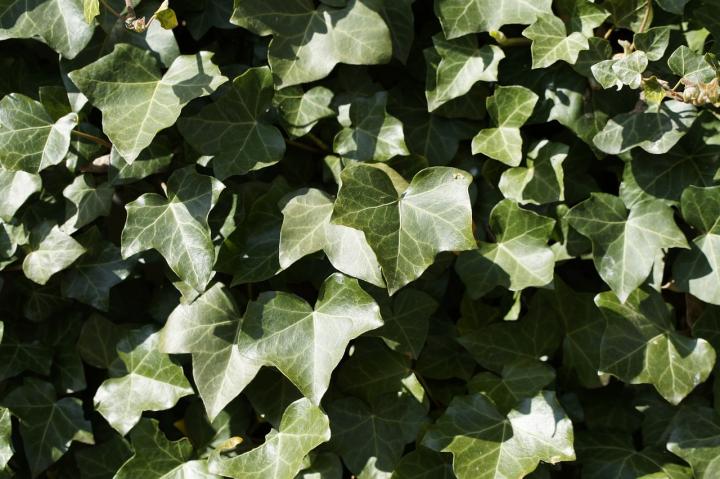
December’s full Moon—on Christmas this year—is aptly called the Cold Moon. If there are no clouds to obscure it from view, it should shine with all the intensity of the Sun and be bright enough for trees to cast shadows.
In Celtic tradition, one sacred place to be visited during the solstice time is an open area or hill that affords a view of the horizon in all directions. What better way to celebrate than to bundle up and climb to the top of the tallest hill. This is not a time to be hibernating; get outside and connect with the natural world in all its glorious seasons.
~ By Robin SweetserGet inspired by Robin Sweetser's backyard gardening tips. Robin has been a contributor to The Old Farmer's Almanac and the All-Seasons Garden Guide for many years. She and her partner Tom have a small greenhouse business and also sell plants, cut flowers, and vegetables at their local Farmer's Market.
Copyright © www.100flowers.win Botanic Garden All Rights Reserved